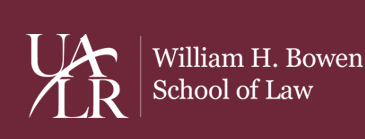Publication Date
1997
Abstract
Crime control through law enforcement is generally considered to be a two-part process of apprehending and incapacitating or rehabilitating the guilty, and deterring the innocent from crime by the threat of punishment. The analysis presented here shows that the protection of the innocent from harassment-detention, arrest, punishment, and other intrusions by the criminal justice system-is important in deterring crime. Specifically, the analysis shows that deterrence from crime is weakened and then lost for a rational individual who holds the majority attitude toward risk, if the levels of rightful punishment and wrongful harassment are increased, as in a war on crime, and the likelihoods of wrongful and rightful punishment are reasonably close. The analysis is employed to show how the perceived likelihood of harassment may be a contributing factor to the disproportionately high representation of minority groups in the U.S. prison system.
Document Type
Article
Recommended Citation
Raymond Dacey and Kenneth S. Gallant, Crime Control and Harassment of the Innocent, 25 Journal of Criminal Justice 265, 325 (1997).
Available at: https://lawrepository.ualr.edu/faculty_scholarship/204
